The decision by the New York Times to feature a piece by Sirajuddin Haqqani, deputy leader of the Taliban and avowed enemy of the United States, is nothing short of reprehensible. This individual is a cold-blooded killer and terrorist, with the deaths of thousands of Afghans and the blood of hundreds of American and Coalition servicemen and women on his hands. His purported desire for peace and reconciliation in Afghanistan does not signal some peacemaking epiphany or political rehabilitation on his part, nor for the terrorists that he leads. He does not deserve a platform, especially one as legitimizing as the New York Times, and the decision to feature him should be roundly condemned.
When I was commander of all U.S. and NATO forces in Afghanistan, the Haqqani network ranked among the deadliest threats to our mission there, and to the people of Afghanistan. This organization was and continues to be a central component of the Taliban, a major connecting file into al-Qaida, and a darling of Pakistan’s ISI. The Haqqanis, the Taliban, and al-Qaida endorse a radical interpretation of sharia that deprives women of any meaningful rights, to include the right to an education, and the freedom to pursue their own wants and interests, such as, for example, the legal profession. Countless lives were lost – and many, many more were wounded and otherwise terrorized – at the hands of this group and its peer terrorist entities, and had they not been formally designated a Foreign Terrorist Organization by the U.S. State Department’s Bureau of Counterterrorism, we would have had little means to diminish their influence and stop their violent activities. And at the very center of this violence was Sirajuddin Haqqani, operational commander of the Haqqani network as well as the #2 of the Taliban.
Make no mistake – the State Department is offering a reward of up to $5 million for information directly leading to the arrest of this individual. It beggars belief that a murderer like him has earned the right to an equal voice, even against the backdrop of a so-called peace plan between our U.S. government and the Taliban. In fact, this false equivalency by the Times is little better than the infamous and ludicrous “some very fine people on both sides” comment immediately following the tragic events of Charlottesville. Would the Times have provided a platform for a neo-Nazi or a member of the KKK to provide their perspective immediately following that dark moment in our recent history? I suspect not, though the decision to feature a Nazi sympathizer in a piece that many declared as normalizing was hardly any less outrageous. Put simply: the elevation of Sirajuddin Haqqani is unacceptable in the extreme.
The context of this decision is important, too. The American press and the value of truth are under direct assault in our nation today. That is undeniable. Yet, providing platforms for individuals like Sirajuddin Haqqani to share “their side of the story” sends exactly the wrong message at a time when champions of American values are most needed. As in the case of climate denial or white nationalism, there are simply not two sides to the story. There is simply the truth. And the New York Times, as reputable and important as it is, should know better. This will not help our negotiators in their efforts to pursue peace in Afghanistan, nor will it support our cherished U.S. forces still deployed in the region. Mostly, though, it will harm the Afghan people, and the Ghani government, that will struggle mightily to implement a U.S.-Taliban peace deal from which the Afghans were largely excluded. In the end publishing Haqqani creates a false moral equivalency, legitimizes a terrorist, disadvantages the Afghan people, and diminishes the Times.
Now, in 2020, this was the last thing we needed.
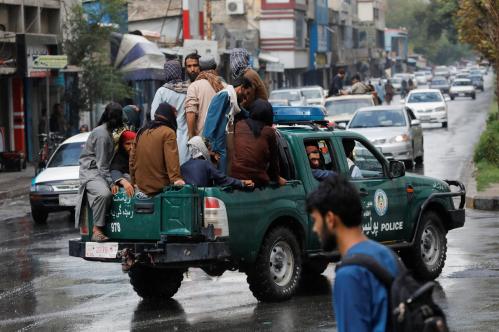
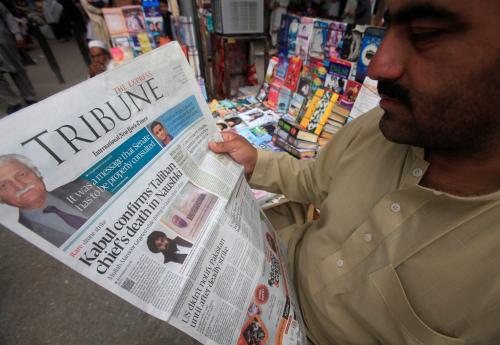
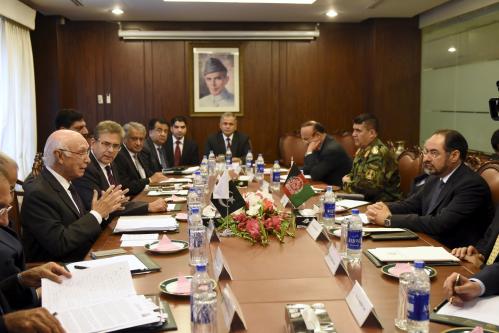

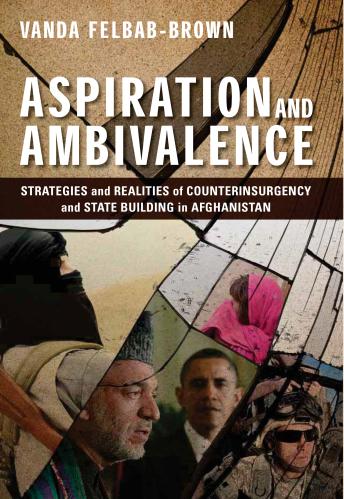
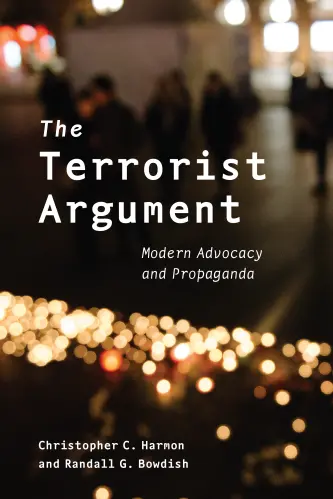

Commentary
Sirajuddin Haqqani, Terrorist
February 21, 2020